Butterflies Yellow Magnolia (Tulip Tree) – 3 Gallon Pot
$89.97 Original price was: $89.97.$62.98Current price is: $62.98.
SKU: D2LSC 0353323642 Category: FRAGRANT PLANTS
- Experience the difference quality makes.
- Buy with Peace of Mind
- Free Shipping, No Compromise on Quality
- High quality products, hassle-free returns.

Butterflies Magnolia
Magnolia ‘Butterflies’
Other Names: Butterflies Tulip Tree, Yellow Tulip Tree, Yellow Magnolia
Plant Details
USDA Plant Hardiness Zones: 5a-9b Find Your Zone
Plant Type: Flowering Deciduous Tree or Large Shrub
Height at Maturity: 15-20′
Width at Maturity: 10-15′
Spacing: 20’+ for space between trees
Growth Habit / Form: Upright Pyramid
Flower Color: Yellow
Flower Size: Large, 4-5″ across
Flower Size: Large, 4-5″ across
Flowering Period: Spring, before new leaves emerge
Flower Type: Single, tulip-shape
Fragrant Flowers: Yes, lemony
Foliage Color: Dark Green
Fragrant Foliage: No
Sun Needs: Full Sun or Mostly Sun, Morning Sun with Dappled or Afternoon Shade, Morning Shade with Evening Sun
Water Needs: Average, Low when established
Soil Type: Clay (amend heavy clay to ensure good drainage), Loam, Sand, Silt
Soil Moisture / Drainage: Moist But Well Drained
Soil pH: 5.0 – 6.5 (Acid to Slightly Acid)
Maintenance / Care: Low
Attracts: Visual Attention
Resistances: Deer – more info, Disease, Drought (when established), Insect
Description
A magnificent tree that’s awesome flower show will always have you looking forward to spring, ‘Butterflies’ is a hybrid tulip Magnolia resulting from a cross between M. acuminata and M. denudata. It is adored for its profusion of large, non-fading, yellow, tulip-like flowers that have a wonderful lemon oil fragrance. Each flower has 10-16 tepals. Flowers are held at almost every stem tip on what is a compact tree with a pyramidal form up to 20 feet tall and 15 feet wide. Soon after the spring bloom light green oblong, elliptical leaves emerge that mature to dark green and grow to 8 inches in length with a cuspidate tip, providing a lush, tropical-effect in the landscape. The foliage remains attractive throughout the growing season. Excellent for sunny to partially shaded landscape borders or as an accent tree in home foundation plantings.
Landscape & Garden Uses
Growing 15 to 20 feet tall and 10 to 15 feet wide at maturity, the Butterflies Magnolia is ideal for use as a specimen or in groupings in sunny yo partially shaded landscape borders and is nice as an accent tree or two frame corners in home foundation plantings. nice to frame corners of homes and other structures. Plant near decks, patios, porches and other outdoor living spaces where the pretty flowers and fragrance can be enjoyed. Can also be grown in large pots, planters and containers of 18 inches or more in rim diameter but will eventually need to be transplanted to the landscape. A fine addition to yellow theme gardens, fragrance and sensory gardens and cottage gardens.
Growing Preferences
The Butterflies Yellow Magnolia is easy to grow in most any moist but well-drained acidic soil of average fertility and full sun to part shade. It prefers full sun for best flowering, however will handle partial shade. In the South, some shade during the hottest mid-afternoon hours of summer will be appreciated. Avoid constantly soggy or wet soils. In alkaline soils, apply soil sulfur and/or chelated iron to increase acidity. Pruning usually isn’t necessary, however stray or damaged branches can be pruned immediately after flowering in spring. Feed after flowering in spring with a mild organic plant food or a well-balanced shrub and tree food containing iron or sulfur.
Helpful Articles
Click on the link below to find helpful advice from our experts on how to plant, prune, feed and water Tulip Tree Magnolias.
How To Plant & Care For Tulip & Star Magnolias
Plant Long & Prosper!
Meet The Wilson Brothers & Staff
Questions? Contact Us
Be the first to review “Butterflies Yellow Magnolia (Tulip Tree) – 3 Gallon Pot” Cancel reply
Related products
Sale!
FRAGRANT PLANTS
Sale!
Sale!
FRAGRANT PLANTS
Sale!
FRAGRANT PLANTS
Winter Gold Edgeworthia Chrysantha – Paper Bush – 5 Gallon Pot
Sale!
FRAGRANT PLANTS
Simply Scentsational Sweetshrub (Calycanthus ) – 1 Gallon Pot
Sale!
FRAGRANT PLANTS
Sale!
FRAGRANT PLANTS
Sale!
FRAGRANT PLANTS


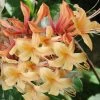

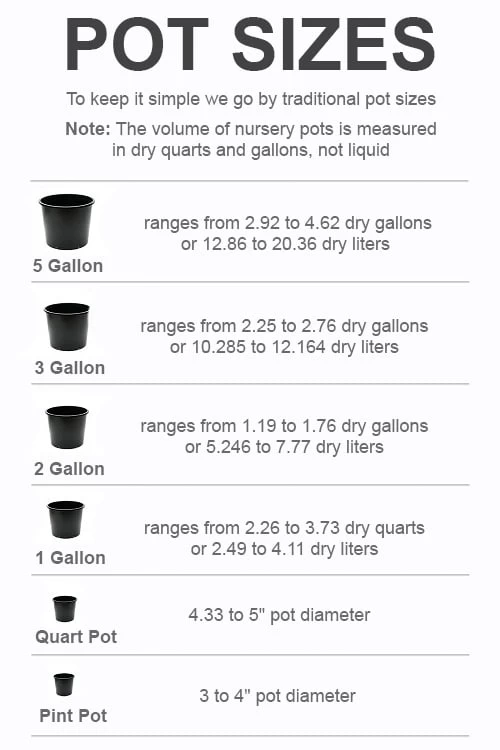
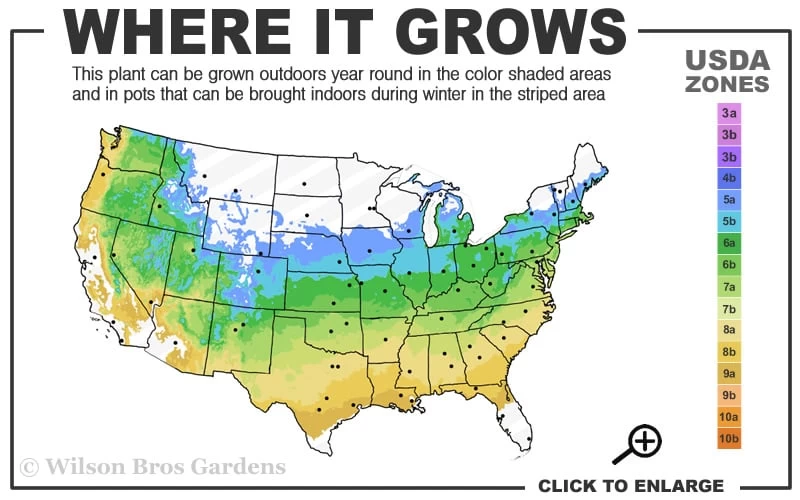
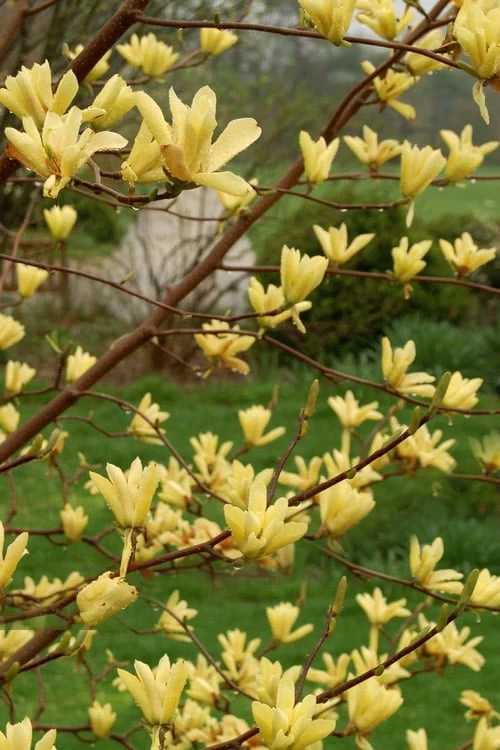





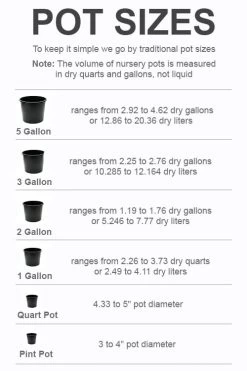

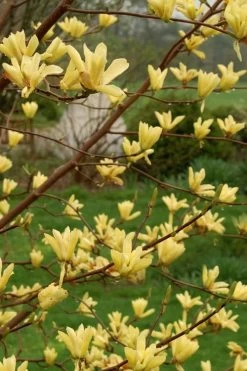
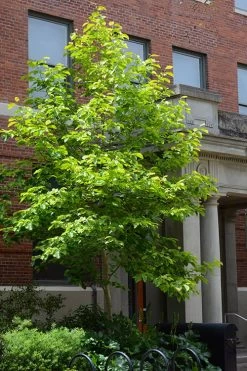

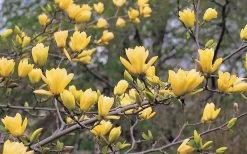

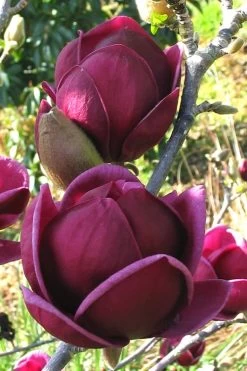

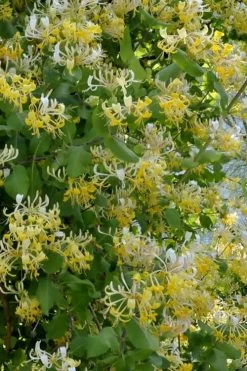


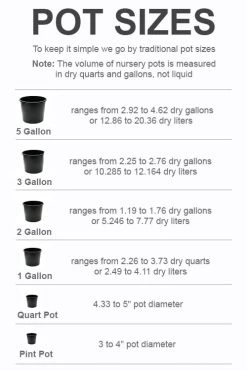




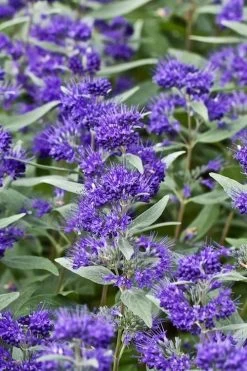




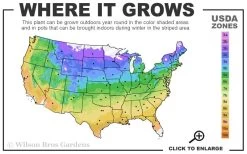
Reviews
There are no reviews yet.